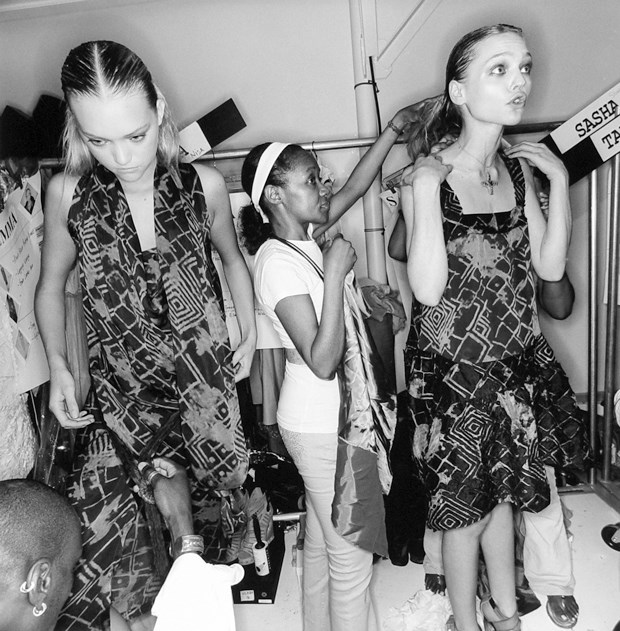Lee Friedlander: Thick Of Things, Presentation House Gallery, Nov. 29-Feb. 8, 2015. Opening reception tonight at 7 p.m. For details: presentationhousegallery.org
It's easy to imagine Lee Friedlander aiming his camera at snow-marbled peaks in the Rockies, shaking his head, and walking behind a tree to shoot through gnarled branches instead.
Anyone could photograph the petals of a flower.
Friedlander, 80, did an entire series on the stems. His indefatigable iris has blinked at decapitated mannequins, slumbering jazz greats and the desert from the passenger window of a rental car.
Presentation House Gallery is set to unveil five decades from photography's most surprising octogenarian beginning Nov. 29.
"He's a force," says PHG curator Helga Pakasaar, who describes him as "ferociously" putting out new works.
Friedlander hasn't been the subject of a major exhibition in Canada since the 1970s, making the exhibit a "bit of a coup" for Pakasaar.
While some photographers take pride in a painterly approach, Friedlander is more of a pinball player, relinquishing control in order to just react - shooting piles of pictures and sifting through the stacks later.
The pictures that make the cut tend to be the ones with the most depth, whether it's a shot of a New York skyscraper framed by the terraced architecture of a newsstand, or Count Basie and his electrifying band: each and every one of them asleep on a bus in 1956.
"They're very layered and you can't really get a clear sense of scale and perspective and he really plays with that a lot," Pakasaar says.
The show at PHG is titled Thick of Things.
"He will put himself often right into the thick of - well, thus the title," Pakasaar notes. "Things get in the way and he allows all that to happen."
He's caught the frantic backstage energy of New York's fashion week as models get runway-ready, but seems just as inspired shooting Ohio towns during the early days of the rust bowl as steel mills and tire plants halted production and laid off workers in the late 1970s.
Friedlander reportedly offered trumpet genius Miles Davis a mirror to ease his nerves during a photo shoot and captured the words God Bless America beneath a sign for burgers in the same picture; apparently without leaving his car.
Choosing pictures for the PHG show was "quite pragmatic" according to Pakasaar.
The gallery came into contact with a private collector who commissioned Friedlander's Canadian Rockies series and discovered he had a cache of other Friedlander shots.
Most of the photographs hanging in the gallery are on loan from the collector.
Friedlander's willingness to insert himself into his photos plays like the equivalent to gonzo journalism. We glimpse Friedlander in reflections on storefront glass or in the shadow falling across a woman's back.
Some photographers are inseparable from their cities or from certain beats. Arthur Fellig, better known as Weegee, belongs to a New York of neon and shadows that only existed between dusk and dawn. For Aberdeen, Wash. native Friedlander, the connection to his town is more tentative but still seems present in his work, according to Pakasaar.
Friedlander's preference for swarming foreground images that block out mountains may have been the result of living in Aberdeen.
"His immediate environment would've been a rainforest," Pakasaar explains. "You don't get a vista."
Even when shooting in the expansive spaces of Arizona or New Mexico, Friedlander refrains from showing us the horizon.
"He was drawn to the desert but then what he does with that is not give these wide-open perspectives," Pakasaar notes.
His love of nature is also apparent in his pictures.
"I think he has an affection for the natural world that is very deep," Pakasaar says. "I don't know for sure except that I do know from looking at his photographs that he's very comfortable in natural environments. He's not distant from it, he's very engaged."
The exhibit is scheduled to close Feb. 8, 2015.



